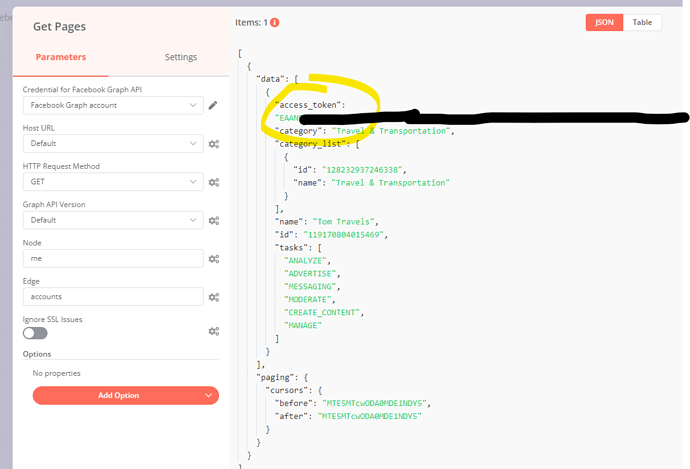Import code using the terminal
Import code from an existing project using the terminal by first cloning the repository to your local system and then pushing to an empty Bitbucket repository.
Import an existing, unversioned code project
If you have code on your local machine that is not under source control, you can put it under source control and import it into Bitbucket.
Assuming you have Git installed on your local machine, then:
- Locally, change to the root directory of your existing source.
Initialize the project by running the following commands in the terminal:
git init git add --all git commit -m "Initial Commit"- Log into Bitbucket and create a new repository.
- Locate the clone URL in the nav panel on the left (for example: https://username@your.bitbucket.domain:7999 /yourproject/repo.git).
Push your files to the repository by running the following commands in the terminal (change the URL accordingly):
git remote add origin https://username@your.bitbucket.domain:7999/yourproject/repo.git git push -u origin master- Done! Your repository is now available in Bitbucket.
Import an existing Git project
You can import your existing Git repository into an empty repository in Bitbucket. When you do this, Bitbucket maintains your commit history.
Check out the repository from your existing Git host. Use the --bare parameter:
git clone --bare https://username@bitbucket.org/exampleuser/old-repository.gitLog into Bitbucket and create a new repository (we've called it
repo.gitin this example).Locate the clone URL in the nav panel on the left (for example: https://username@your.bitbucket.domain:7999 /yourproject/repo.git).
Add Bitbucket as another remote in your local repository:
cd old-repository git remote add bitbucket https://username@your.bitbucket.domain:7999/yourproject/repo.gitPush all branches and tags to the new repository:
git push --all bitbucket git push --tags bitbucketRemove your temporary local repository:
cd .. rm -rf old-repository
Importing code from an existing project | Bitbucket Data Center and Server 7.17 | Atlassian Documentation
Mirror an existing Git repository
You can mirror an existing repository into a repository hosted in Bitbucket.
Check out the repository from your existing Git host. Use the --mirror parameter:
git clone --mirror https://username@bitbucket.org/exampleuser/repository-to-mirror.gitLog into Bitbucket and create a new repository (we've called it
repo.gitin this example).Locate the clone URL in the nav panel on the left (for example:
https://username@your.bitbucket.domain:7999/yourproject/repo.git).Add Bitbucket as another remote in your local repository:
git remote add bitbucket https://username@your.bitbucket.domain:7999/yourproject/repo.gitThen push all branches and tags to Bitbucket:
git push --all bitbucket git push --tags bitbucket- Use
git fetch --prune origin('–prune' will remove any branches that no longer exist in the remote) followed by thegit pushcommands from step 5 to update the Bitbucket mirror with new changes from the upstream repository.

